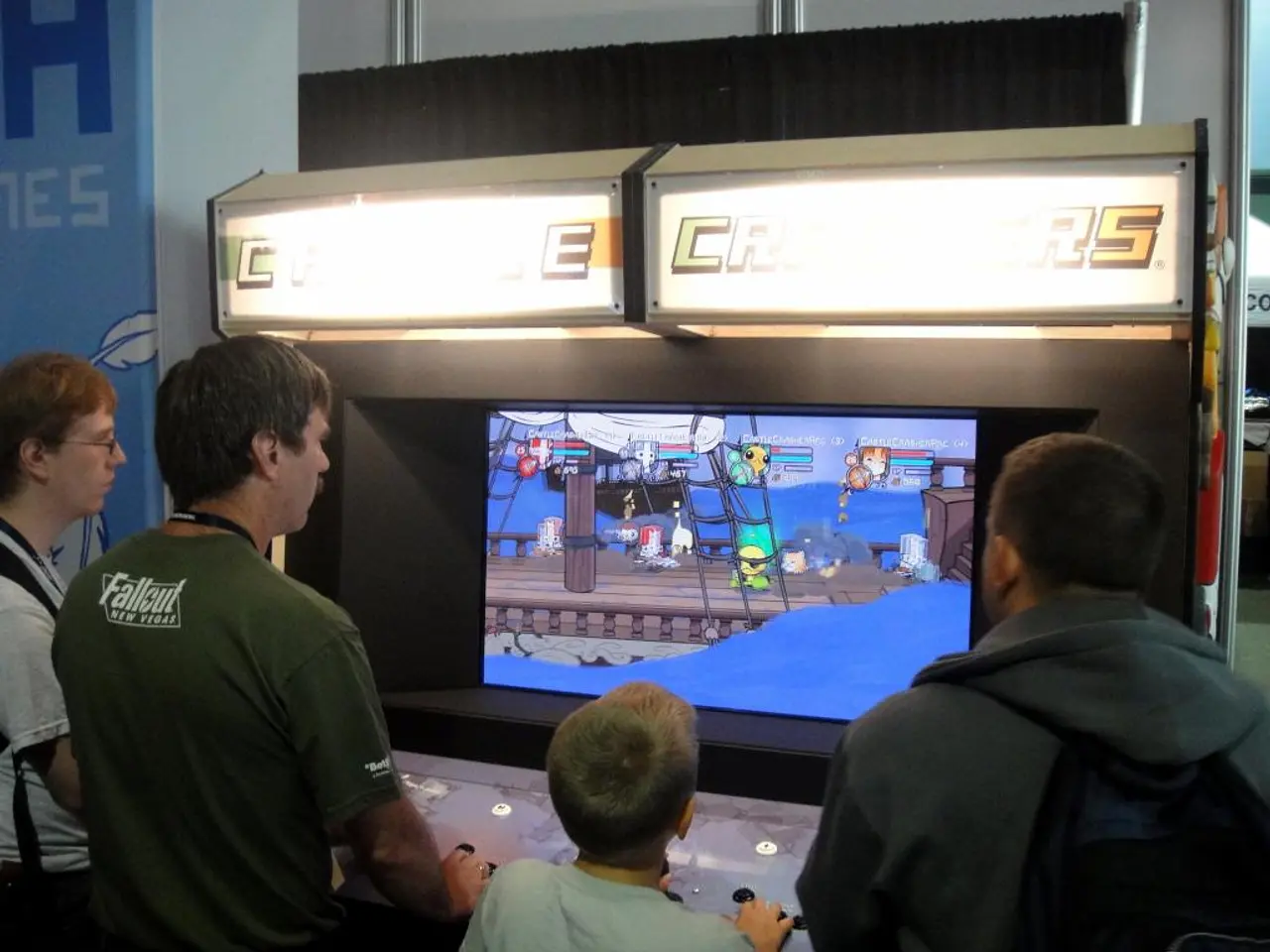Enhancing Virtual Reality Gaming Safety: AI-Based Content Moderation Boosts Immersive Experience in Among Us VR
In a recent webinar hosted by Modulate and Schell Games, industry experts Mark Frumkin, Laura Norwicke Hall, and Alexis Miller shared insights on best practices for content moderation in virtual reality (VR) gaming. The focus was on creating safe, inclusive, and engaging virtual environments.
The discussion emphasized the importance of robust moderation tools. These tools, which include real-time detection and filtering, are crucial in protecting the community without disrupting genuine players or game flow. They help identify toxic behaviors, harassment, or inappropriate content promptly.
Clear community standards and reporting mechanisms were another key aspect. Empowering players to report violations and fostering shared norms around behavior contributes to a safer and more respectful environment in VR games.
The experts also highlighted the use of AI and human moderation hybrids. This approach balances automation with nuanced human judgment, ensuring adaptive and context-aware enforcement of rules. AI can flag content or behavior, but human moderators can assess subtleties typical in VR interactions.
Transparency and communication about rules and moderation practices were also stressed. This includes informing players about acceptable behaviour and the consequences of violations at the start of each session, building trust and clearer expectations.
Lastly, community management best practices were discussed. These include recognizing positive contributions, addressing toxicity swiftly, and fostering a welcoming and inclusive atmosphere. These strategies are critical in VR where social immersion is deep.
Although the exact transcript or detailed pointers from Frumkin, Norwicke Hall, and Miller were not directly cited in the search results, these combined insights drawn from VR moderation frameworks and reported industry trends align closely with their joint approach as recognized leaders in VR content policy and community engagement.
Laura Norwicke Hall, the Senior Player Support Specialist at Schell Games, oversees all player support initiatives and is responsible for in-game player moderation and safety. Alexis Miller, the Director of Product Management at Schell Games, excels at implementing complex projects like player safety. Hall's responsibilities include developing best practices, managing the player support team, working with development teams, and leading the studio's response to support requests.
These best practices revolve around combining advanced technological moderation tools, clear community policies, responsive human oversight, and proactive community management strategies to maintain safe, engaging VR gaming spaces. This multifaceted approach balances player experience with necessary controls in immersive social environments.
Artificial intelligence plays a significant role in maintaining safe virtual reality gaming environments, as it can flag content or behaviors that may violate community standards. Robust moderation tools, which often incorporate AI, help identify toxic behaviors, harassment, or inappropriate content promptly.
Furthermore, technology advances in moderation tools, such as real-time detection and filtering, work alongside human moderators to ensure adaptive and context-aware enforcement of rules in VR games, due to the nuanced and immersive nature of these environments.




